Vent hood question-please help!
blossom37
5 years ago
Featured Answer
Sort by:Oldest
Comments (14)
Related Professionals
Palisades Park Cabinets & Cabinetry · Milford Plumbers · Arcadia Kitchen & Bathroom Designers · Little Chute Furniture & Accessories · Enumclaw General Contractors · Groveton General Contractors · Holly Hill General Contractors · Prichard General Contractors · Albany Kitchen & Bathroom Designers · Four Corners Kitchen & Bathroom Designers · Portland Kitchen & Bathroom Designers · St. Louis Kitchen & Bathroom Designers · Lawndale Kitchen & Bathroom Remodelers · Mount Prospect Cabinets & Cabinetry · Santa Monica Tile and Stone Contractorsblossom37
5 years agoblossom37
5 years agoblossom37
5 years agolast modified: 5 years agospiritflower
5 years agoFlo Mangan
5 years agoTH Kitchen Installations
5 years agoShannon_WI
5 years agolast modified: 5 years agokaseki
5 years ago
Related Stories
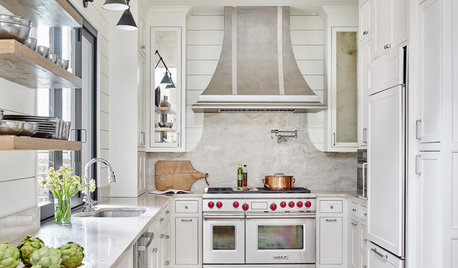
KITCHEN APPLIANCESHouzz Call: Show Us Your Creative Range Hood
Have you customized your kitchen’s range hood? Please tell us all about it
Full Story
HOME OFFICESQuiet, Please! How to Cut Noise Pollution at Home
Leaf blowers, trucks or noisy neighbors driving you berserk? These sound-reduction strategies can help you hush things up
Full Story
KITCHEN DESIGNHow to Choose the Right Hood Fan for Your Kitchen
Keep your kitchen clean and your home's air fresh by understanding all the options for ventilating via a hood fan
Full Story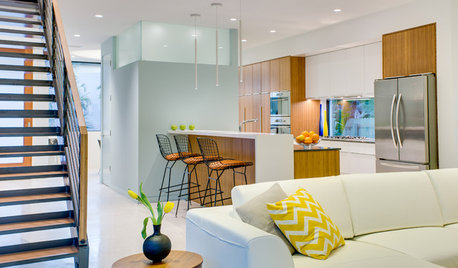
SELLING YOUR HOUSEThe Real Scents That Will Help Sell Your House
Ditch the potpourri and baked cookies. Follow these guidelines on scents to use and avoid to help sell your home
Full Story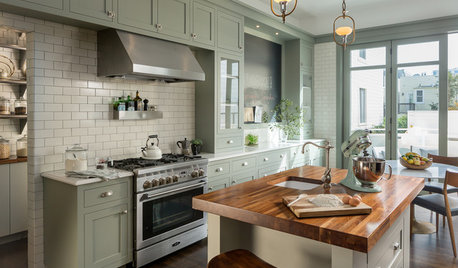
KITCHEN DESIGN7 Tricky Questions to Ask When Planning Your New Kitchen
Addressing these details will ensure a smoother project with personalized style
Full Story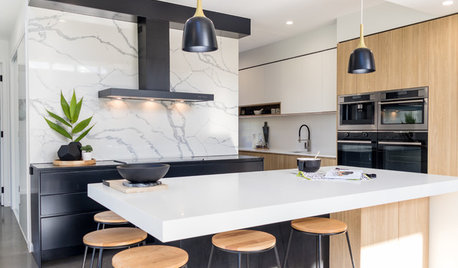
KITCHEN DESIGNHow to Get Your Range Hood Right
Get a handle on the technical specs, and then learn about fun design options for creating a beautiful kitchen feature
Full Story
KITCHEN DESIGNWhat to Know When Choosing a Range Hood
Find out the types of kitchen range hoods available and the options for customized units
Full Story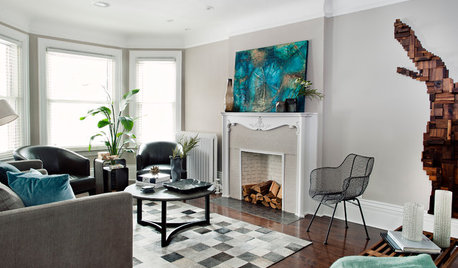
MOST POPULARCrowd-Pleasing Paint Colors for Staging Your Home
Ignore the instinct to go with white. These colors can show your house in the best possible light
Full Story
REMODELING GUIDESWisdom to Help Your Relationship Survive a Remodel
Spend less time patching up partnerships and more time spackling and sanding with this insight from a Houzz remodeling survey
Full Story






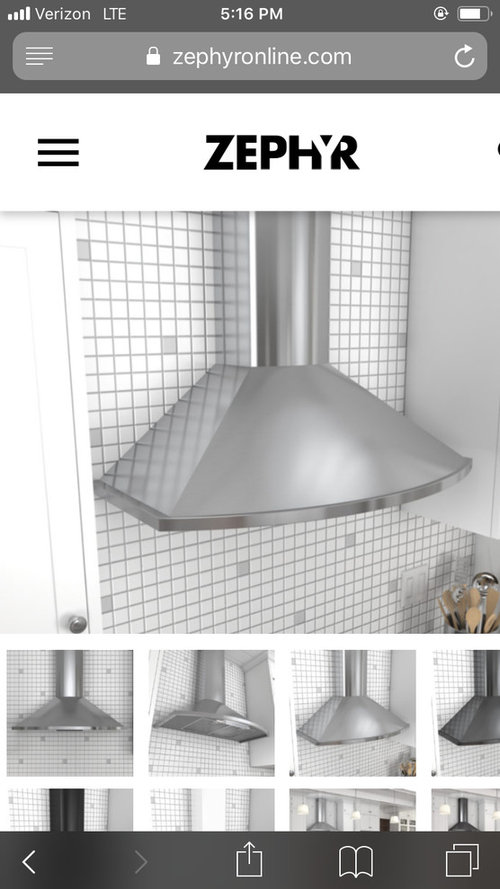
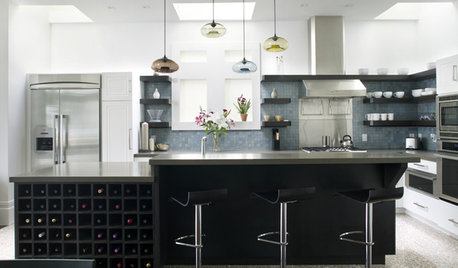
greenfish1234